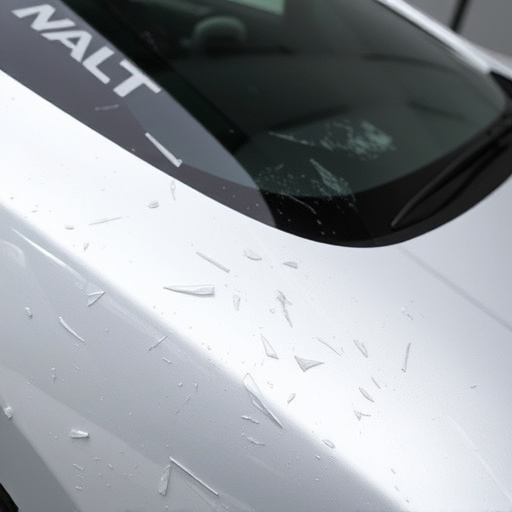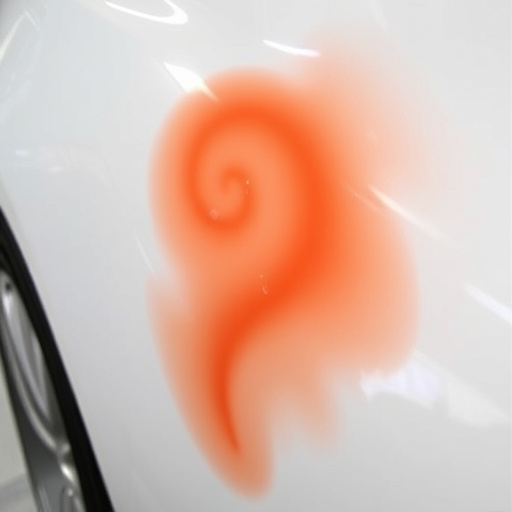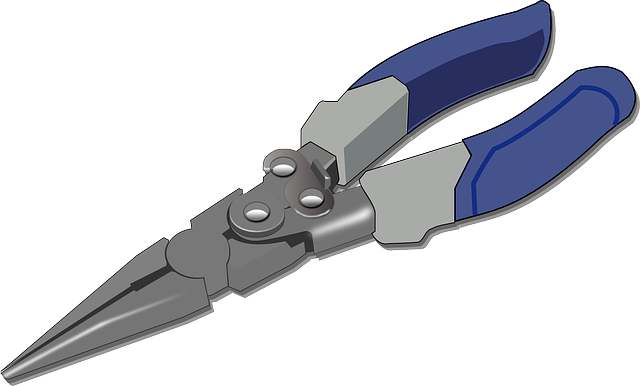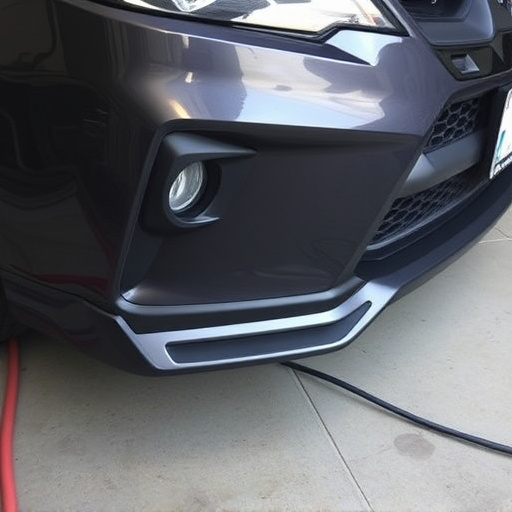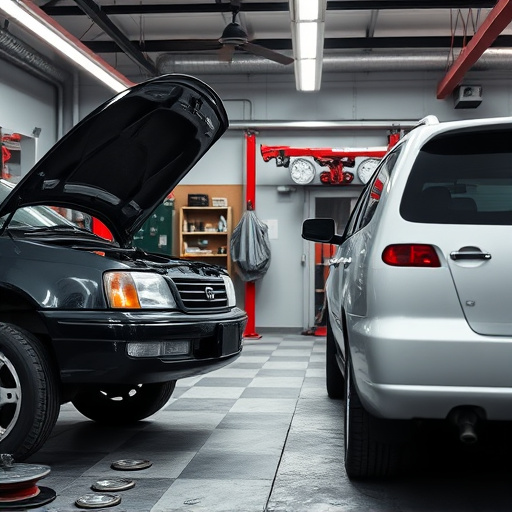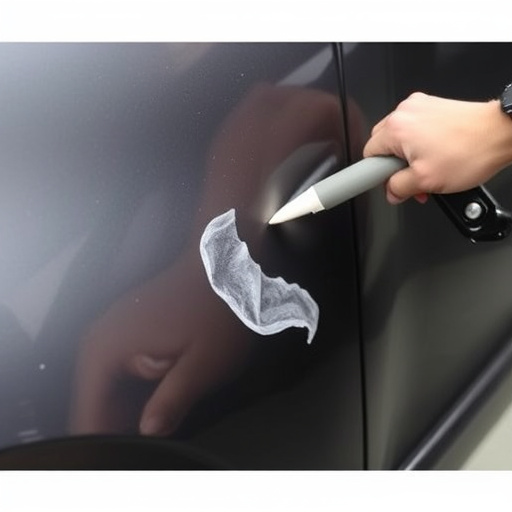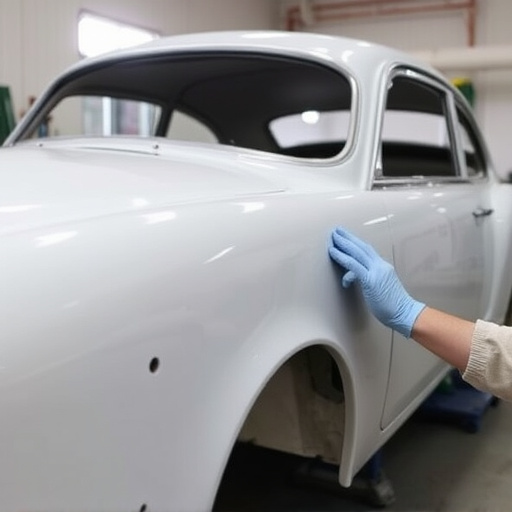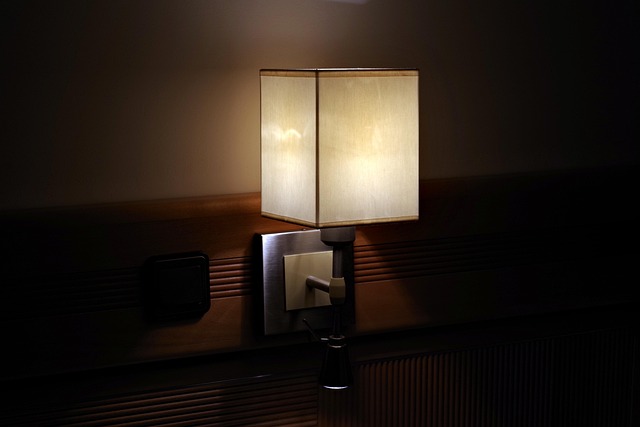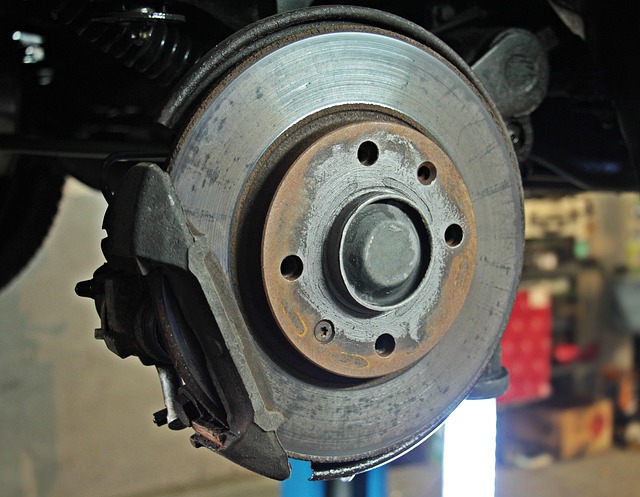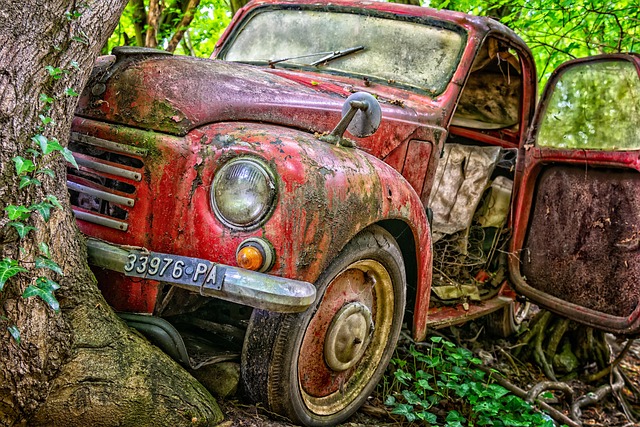Metal reshaping PDR is a scientifically-driven car restoration technique where skilled technicians manipulate metal crystal lattices to repair dents without compromising structural integrity or damaging factory paint. Advanced tools and technologies have revolutionized collision repair centers, enabling precise dent removal and faster, more consistent repairs, satisfying customers for both minor fender benders and extensive hail damage across various vehicle models.
“Unleash the power of precision with an in-depth exploration into the science behind professional metal reshaping PDR work. This article demystifies the process, starting from the foundational knowledge of metal physics, delving into the intricate art and techniques of Paintless Dent Repair (PDR). We also examine advanced tools and technologies that revolutionize professional PDR work, ensuring optimal results without compromising material integrity. Discover how these elements combine to make metal reshaping PDR a game-changer in the automotive industry.”
- Understanding the Basics of Metal Physics
- The Art and Techniques of PDR (Paintless Dent Repair)
- Advanced Tools and Technologies in Professional PDR Work
Understanding the Basics of Metal Physics
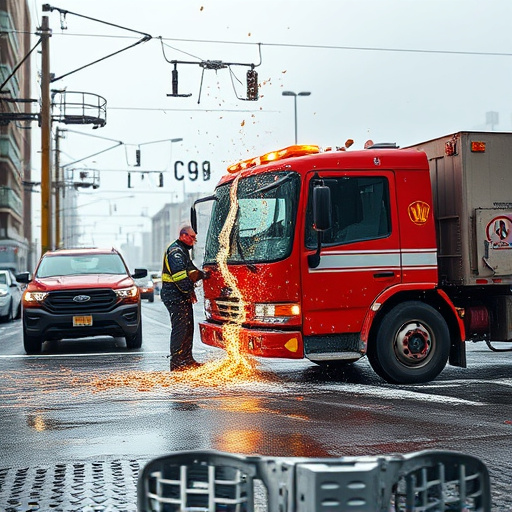
Metal reshaping, a key aspect of Professional Detailing and Repair (PDR), is rooted in understanding the intricate world of metal physics. At its core, metal is composed of atoms arranged in crystalline structures, known as crystal lattices. These lattice structures give metal its unique properties like strength, malleability, and ductility. When subjected to pressure or heat, these structures can be altered, leading to changes in the metal’s shape and characteristics.
Professional PDR technicians leverage this knowledge to reshape dented or damaged panels on cars, effectively performing automotive restoration. The process involves specialized tools and techniques that apply precise pressure to realign warped metal without compromising its structural integrity. This meticulous approach is crucial for achieving flawless results in hail damage repair, ensuring the car’s exterior looks as good as new. By delving into these scientific fundamentals, PDR professionals can deliver exceptional car restoration services, enhancing the vehicle’s aesthetic appeal and value.
The Art and Techniques of PDR (Paintless Dent Repair)

The Art and Techniques of PDR (Paintless Dent Repair)
Paintless dent repair, or PDR, is an artistic and precise process that has transformed the automotive industry’s approach to metal reshaping. Unlike traditional repair methods that involve sanding, painting, and extensive body work, PDR specialists utilize advanced tools and techniques to remove dents and dings from vehicle surfaces without damaging the factory finish. This not only conserves time and resources but also ensures a more environmentally friendly process.
Skilled technicians employ various hand tools and air-powered devices to gently manipulate the dented area back into its original shape. The art lies in understanding material properties and using these tools with expert precision, often making it nearly impossible to distinguish between the repaired area and the rest of the vehicle. Whether it’s a minor fender bender or extensive hail damage repair on a Mercedes-Benz or any other make, PDR offers an efficient, cost-effective, and aesthetically pleasing solution for metal reshaping.
Advanced Tools and Technologies in Professional PDR Work

In the realm of professional metal reshaping PDR (Paintless Dent Repair), advanced tools and technologies have transformed the collision repair center landscape. These cutting-edge innovations allow for precise car dent removal, ensuring minimal to no damage to the car paint services during the repair process. One such technology is the use of specialized air compressors that provide the necessary force for reshaping metal without leaving visible marks or compromising the integrity of the vehicle’s exterior.
Additionally, advanced PDR tools feature intricate designs and high-quality materials, enabling technicians to navigate even labyrinthine dents with ease. These tools are designed to deliver consistent results, making car dent removal faster and more efficient. With these modern implementations, collision repair centers can offer top-notch services for metal reshaping PDR, satisfying customers who seek prompt and effective solutions for their damaged vehicles, without the need for extensive paint services.
The science behind professional metal reshaping PDR is a fascinating blend of physics, art, and advanced technology. By understanding the basics of metal physics, mastering paintless dent repair (PDR) techniques, and leveraging cutting-edge tools, professionals in this field can achieve remarkable results, preserving vehicle aesthetics and enhancing customer satisfaction. This comprehensive approach to metal reshaping PDR not only ensures superior quality but also reinforces the importance of combining scientific knowledge with skilled craftsmanship.
